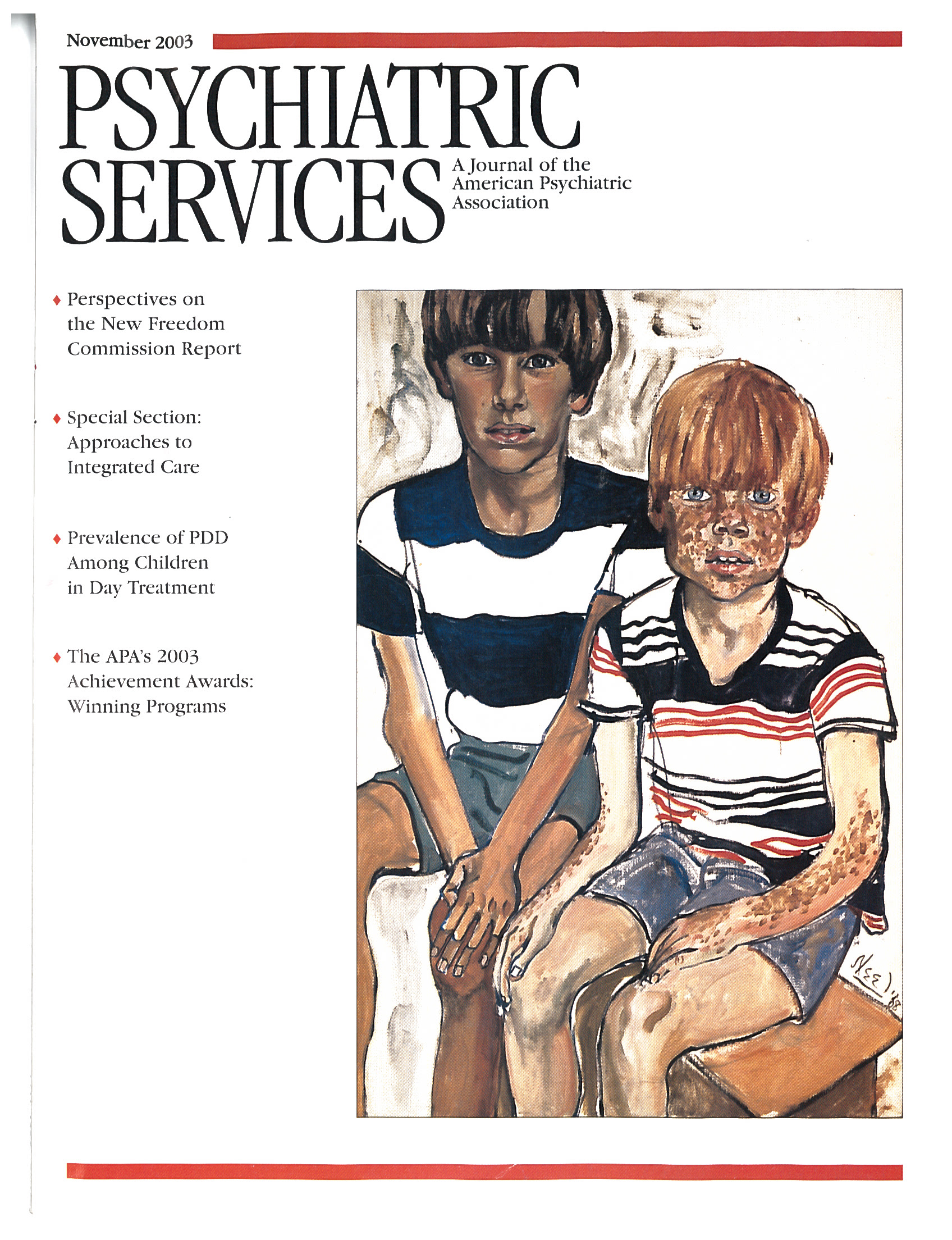Pervasive Developmental Disorders Among Children and Adolescents Attending Psychiatric Day Treatment
Abstract
OBJECTIVE: This study sought to determine the prevalence of pervasive developmental disorders (PDD) among children admitted to a state hospital day treatment service and to characterize the psychiatric disturbance of patients with PDD. METHODS: A total of 146 consecutively admitted patients were evaluated for PDD. Patients who had PDD were compared with a sample of age- and sex-matched patients in day treatment who did not have PDD. Psychiatric symptoms, family history, and developmental and educational histories were examined. RESULTS: Of the 146 patients, 20 (14 percent) met criteria for PDD. An additional five patients who had PDD were included, yielding a final sample of 25. Only two of an array of psychiatric symptoms were more prevalent among patients with PDD: engaging in unusual fantasy and talking to themselves, animals, or inanimate objects. Significantly more patients with PDD had a history of speech delay, language abnormalities, and inexplicable or lengthy episodes of crying or screaming. The groups did not differ significantly in IQ or global functioning. Seven patients with PDD (28 percent) met criteria for childhood-onset schizophrenia, and 19 (76 percent) had symptoms of a tic disorder. CONCLUSIONS: The study found that PDD is not rare and that children with PDD represent a significant subgroup of children with serious emotional disturbance referred for psychiatric treatment. The findings support the view that PDD may be easily missed because it may be mild and associated with psychiatric disturbances that are present among other severely ill youngsters.



